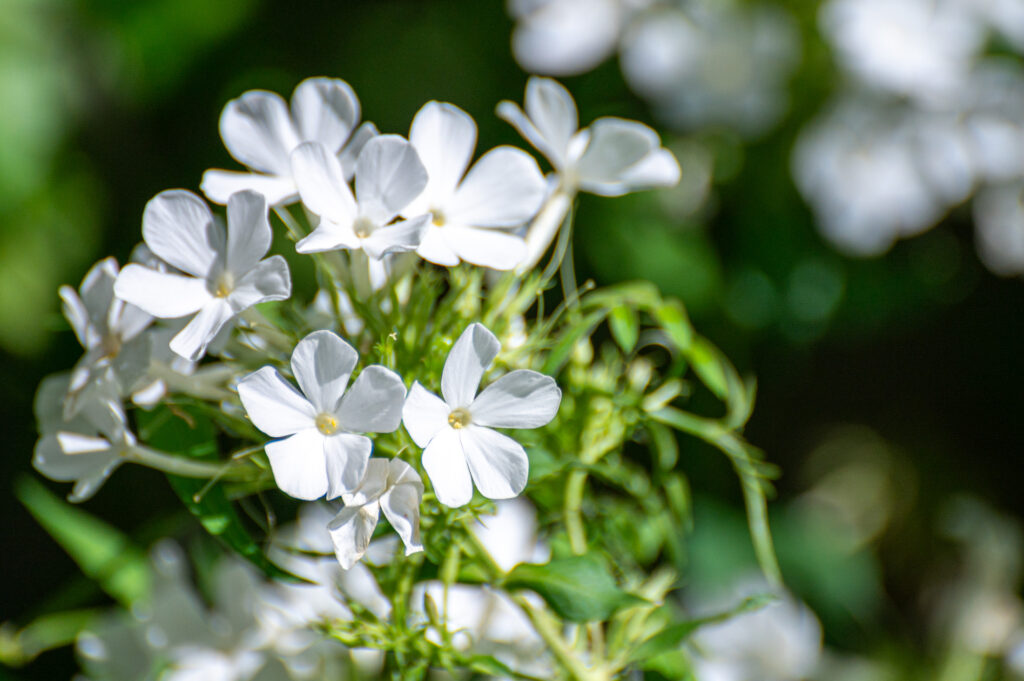
For the most part our plants use scent to attract pollinators and other beneficial insects. Flowers that release scent during the day, for instance, are often pollinated by bees and butterflies, whereas those that release scent in the evening are seeking to attract bats and moths.
Humans too though, derive benefits from scent-wielding blooms. Lavender, jasmine and passionflower for instance, can all help relieve stress and induce inner calm. Scent can bring a sense of emotional wellbeing and mood enhancement too, often invoking positive memories for people – it was an important characteristic we utilised when we designed a dementia garden for a care home. By stimulating our sense of smell, scent brings another dimension to the enjoyment of a garden. In short, we connect with nature even more when we experience a more sensory environment, so including plants for scent in a scheme as well as for aesthetics makes sense.
With thousands of plants and varieties to choose from it’s possible to have scented flowers in your garden for 12 months of the year – and that’s not even including scented foliage! – but as a brief introduction here are some of our favourite scented plants for the next few months, to consider for your own garden:
For July
Philadelphus ‘Manteau d’Hermine’ – commonly known as mock orange, these shrubs are renowned for their orange-scented blossom. This is a compact variety, perfect for smaller gardens and easy to prune. P. ‘Belle Etoile’ is another more compact variety (slightly taller though not as wide as P. ‘Manteau d’Hermine’) but as long as you have a sunny spot there is usually a Philadelphus available to fill it!
Rosa Gertrude Jekyll – this is a beautiful, quintessential cottage garden staple with an old rose scent and striking pink rosette flowers.
For August
Jasminum officinale – a well-known and vigorous climber; this one can cover a wall quickly, but there are more compact varieties available, such as j. officinale Devon Cream; but all produce clusters of white flowers that emit a truly heady fragrance throughout the summer months.
Matthiola longipetala (Night Scented Stock) – a small but ‘sprawly’ old-fashioned lilac-to-white coloured annual that looks best sown in groups or in containers. It releases a strong scent at night time and is perfect for our night pollinators.
For September
Calycanthus ‘Venus’ – a deciduous shrub that repeat flowers from May through to September. It produces large, fragrant flowers that aren’t dissimilar to magnolia blooms.
Phlox paniculata ‘Rembrandt’ – great for areas of light shade, this 90cm tall perennial produces clusters of scented white flowers that seem to glow in the dark of dusk – and attract our evening pollinators at the same time – win-win!
This list is by no means exhaustive – or definitive – and many of these plants will flower across more months than the single one we’ve chosen them for here, but as a starting point to consider more fragrant flowers for your garden, you could certainly do worse!




